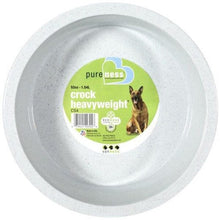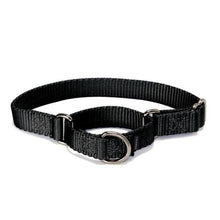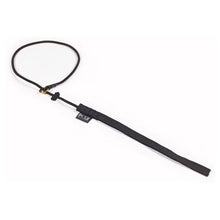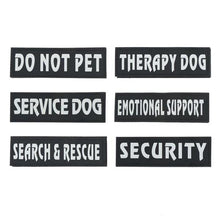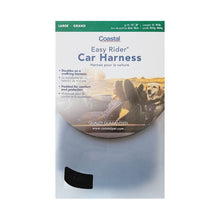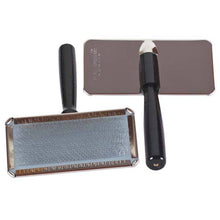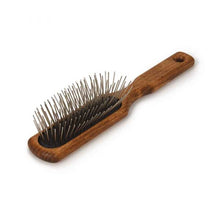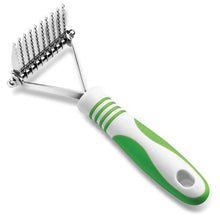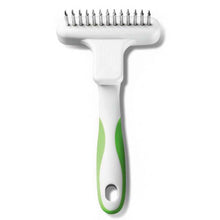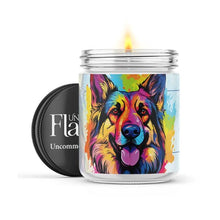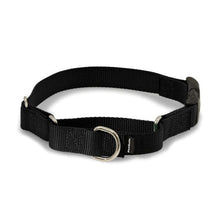How To Crate Train A Puppy
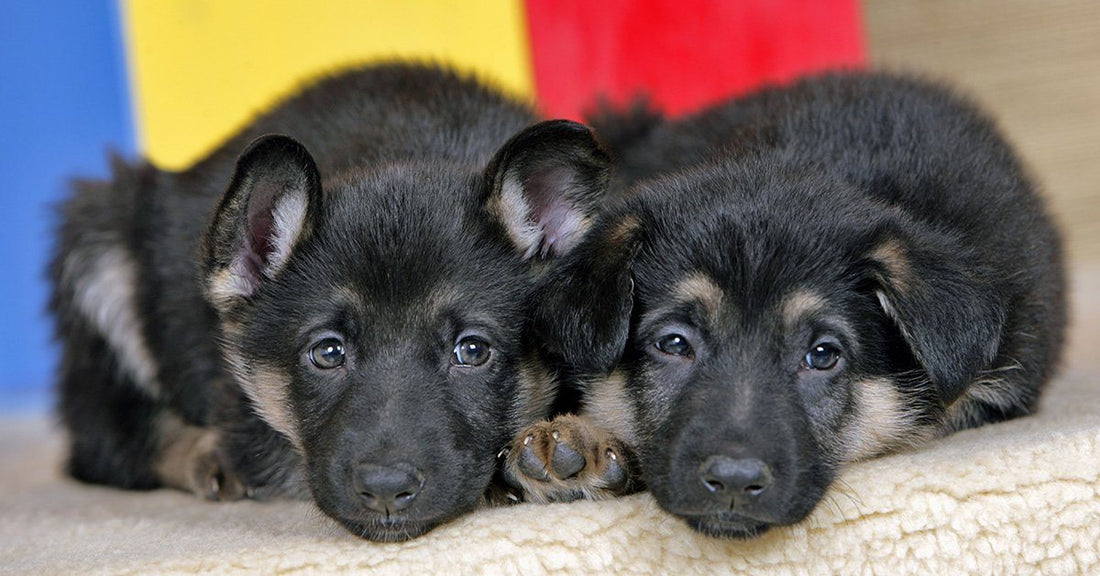
Crate training is one of the most important things you can do for your puppy. Although the subject of crate training is often in debate between dog owners, the benefits of crate training are plentiful.
Crate training is not a substitute for training a puppy to be a confident, well behaved dog. However, by teaching a puppy that its crate is a good place to be, you can teach your pup to accept the crate and instill a behavior that will follow your dog throughout its life.
The benefits of crate training a puppy include:
- A temporary resting space while you can’t watch them
- Assists with house training
- Prevents roaming at night
- Prevents unsupervised chewing
- Provides the pup a safe space to retreat to
- Allows the confinement of while not isolating an excited puppy
- Protects them for their own good
The benefits of owning a dog that is comfortable in a crate include:
- A safe space to confine a dog while traveling or in an emergency
- Prepares the dog for future vet care or hospitalizations
- Provides a comfortable space to rest while sick or confined after an injury or surgery
- Allows you to take your dog anywhere, even if they have to be confined
- Provides the dog a private retreat
- Provides a safe place to put the dog when there are new people around, for example during fireworks, home repairs, parties, etc.
- Provide a comfortable den for geriatric dogs
Types of dog crates
There are several types of dog crates and the one you choose is ultimately up to you. There are wire crates or solid side crates. There are crates that can be divided and those that can’t. There are crates that fold and collapse and those that look like furniture. Keep in mind that the first crate you purchase will probably not be the same one you will use for your adult dog, unless your puppy is already potty trained.
How much time your puppy will spend in the crate will determine what size and durability you need. You don’t want the crate to be so small that the pup can’t move, turn around, and stretch out. You don’t want it so big that it won’t help with potty training. You might even need two crates, for example a solid side crate for the car and a wire crate for the house.
Setting up the crate
In the beginning, it is best to leave out bedding unless you are directly supervising. The last thing you need is your new puppy eating its bedding. If you feel you must provide bedding, use a pad designed for crates and never use towels or soft blankets, etc. that are easier to chew and swallow.
A solid floor also helps with potty training because a puppy is less likely to go on the solid surface than on soft absorbent bedding that accidents can also be buried in.
It is also important to remove your puppy’s collar before putting them in the crate. This helps prevent the possibility of strangulation if the collar gets caught on the walls or bars of the crate. Also, don’t cover the crate with blankets or clothing that the pup can drag through the bars of the crate and eat or get caught in.
Keep the crate in the same area of your home that you and your family live in. Dogs are very social and a puppy should never be isolated or associate the crate with isolation. As your puppy gets used to the crate, it will become more comfortable being left alone for short times and will realize the family always returns to this area of the house.
Crate training a puppy
Teaching your dog to accept a crate begins with the pup learning how to be comfortable with it. Let the puppy explore the inside and outside of the crate without forcing the pup inside.
Never punish the puppy by putting it in the crate or drag your puppy to the crate and put it inside. The last thing you want is for the puppy to associate the crate with anything negative. You want to condition the puppy that the crate is a happy place not a prison or any form of punishment.
Begin your crate training by placing treats, a durable chew toy filled with kibble, or a favorite, safe chew toy inside. Encourage your puppy to get their food and toys. Allow your puppy to freely go in and out enjoying its treats in the crate.
Once your puppy is comfortable, you can also begin feeding your puppy its meals in the crate while leaving the door open. This conditioning is getting your puppy comfortable and teaching them that good things happen inside the crate.
Once your puppy is relaxed when inside the crate, you can start shutting the door for short periods of time. Stay nearby and praise your puppy – this is a good thing! Gradually extend the time the puppy spends in the crate and begin leaving the room for short periods of time.
If your puppy seems very nervous, panics, or has lots of anxiety in the crate, back off and resume getting them used to the crate. Some dogs and puppies with severe anxiety may never do well in a crate and you may need to contact a trainer.
Important tips:
If your puppy cries to get out, have them hush before opening the door. You don’t want to inadvertently train your puppy that you’ll open the door whenever they whine.
Puppies can only hold their bladder for about one hour for every month of age. That means if your puppy is twelve weeks old, they can only hold it for about two hours. Crate trained or not, puppies need lots of potty breaks and social time with their family.
When letting your puppy out of the crate, keep the pup on a leash in the house so that you can watch it. It still allows the pup to play but doesn’t provide the total freedom to have accidents or begin bad habits.
Good luck with your crate training!



